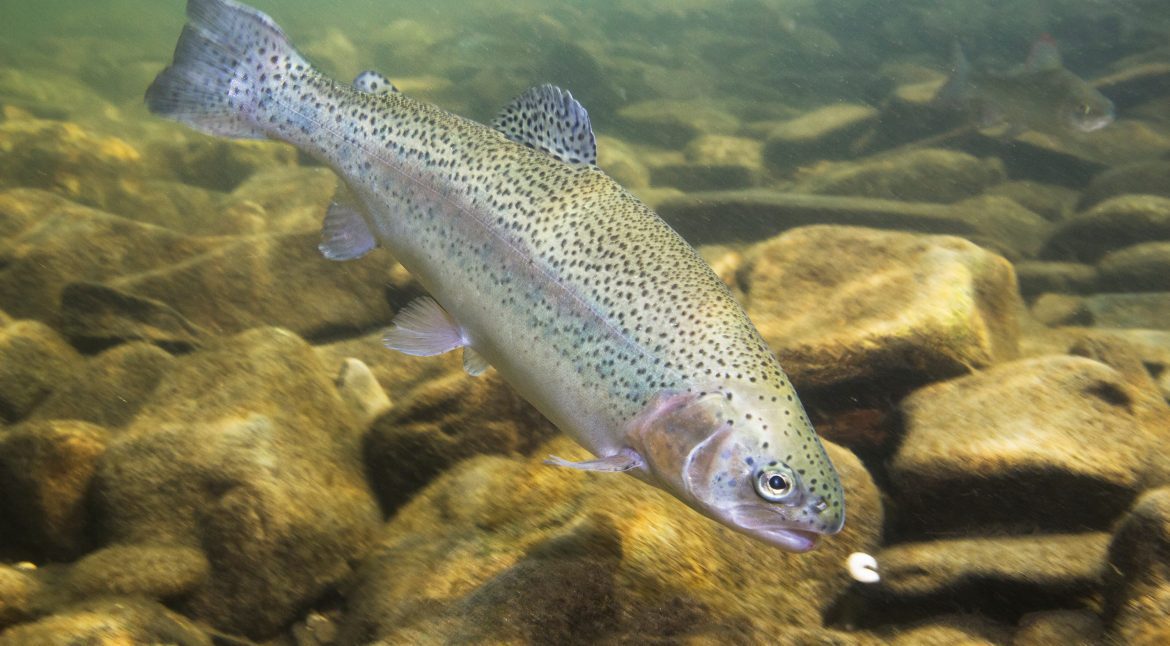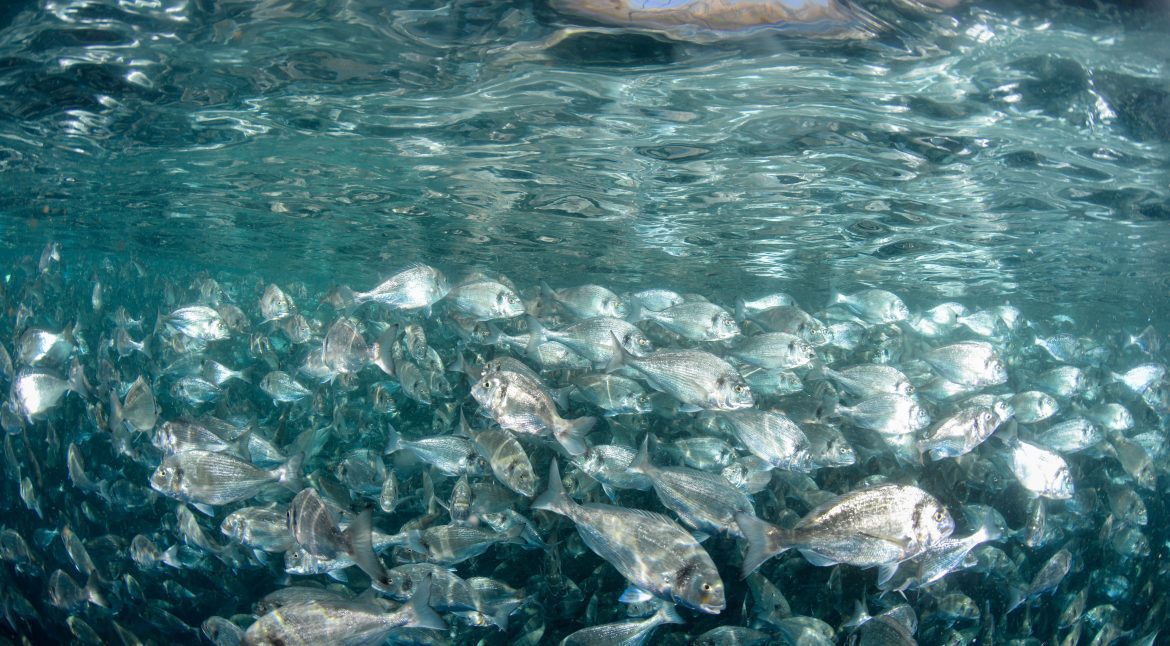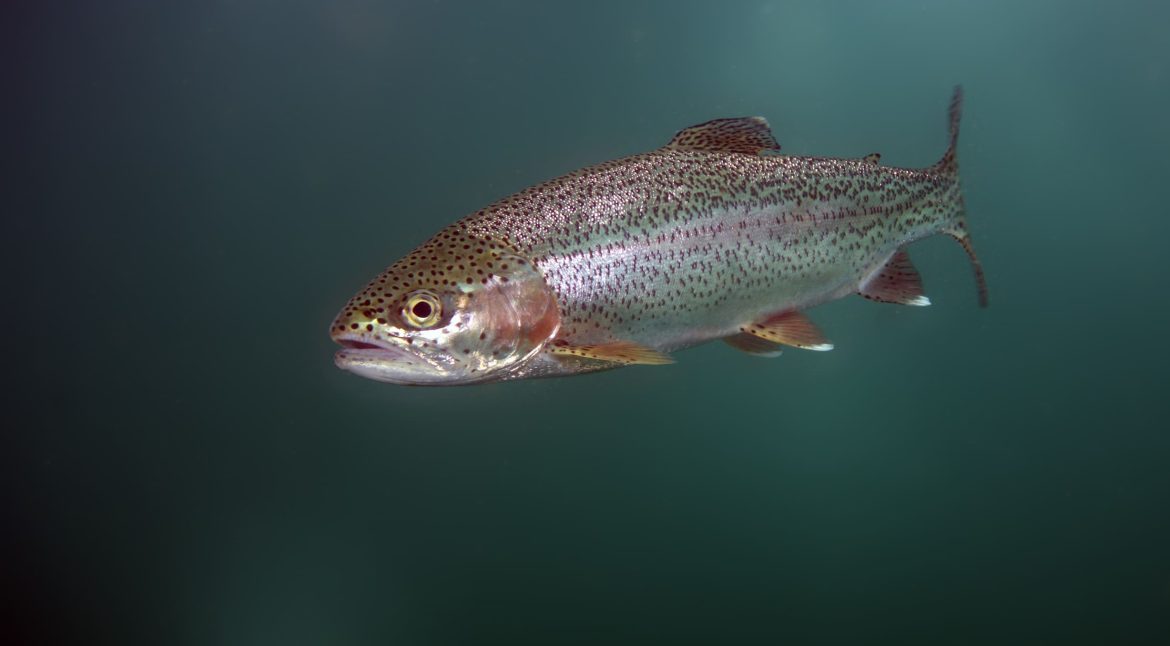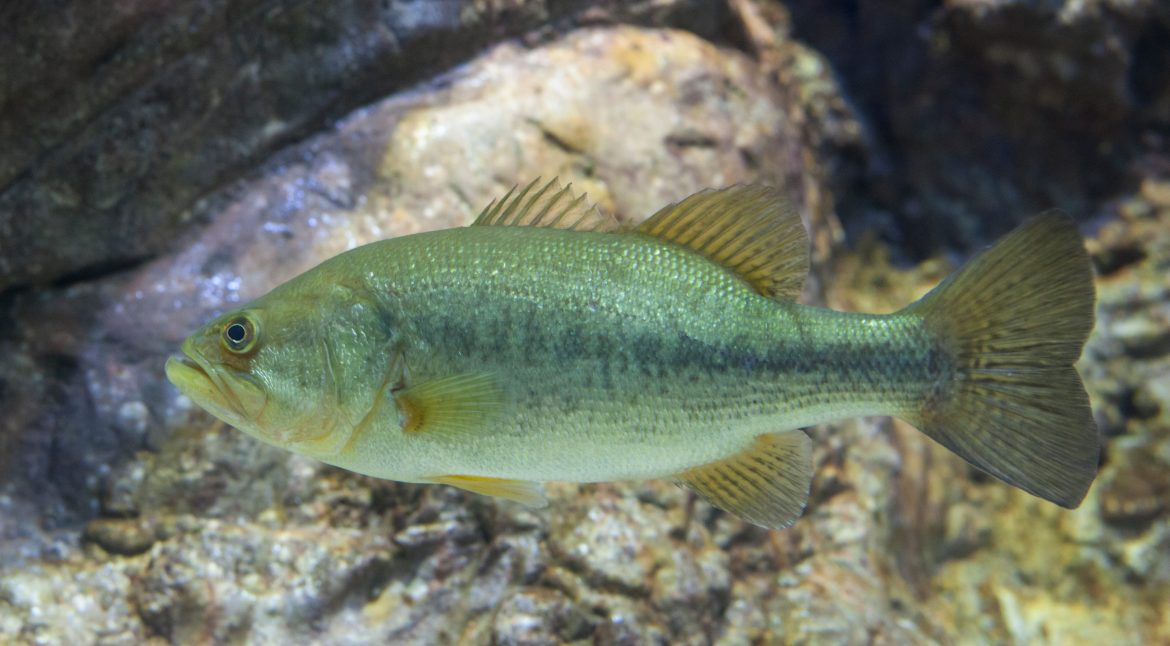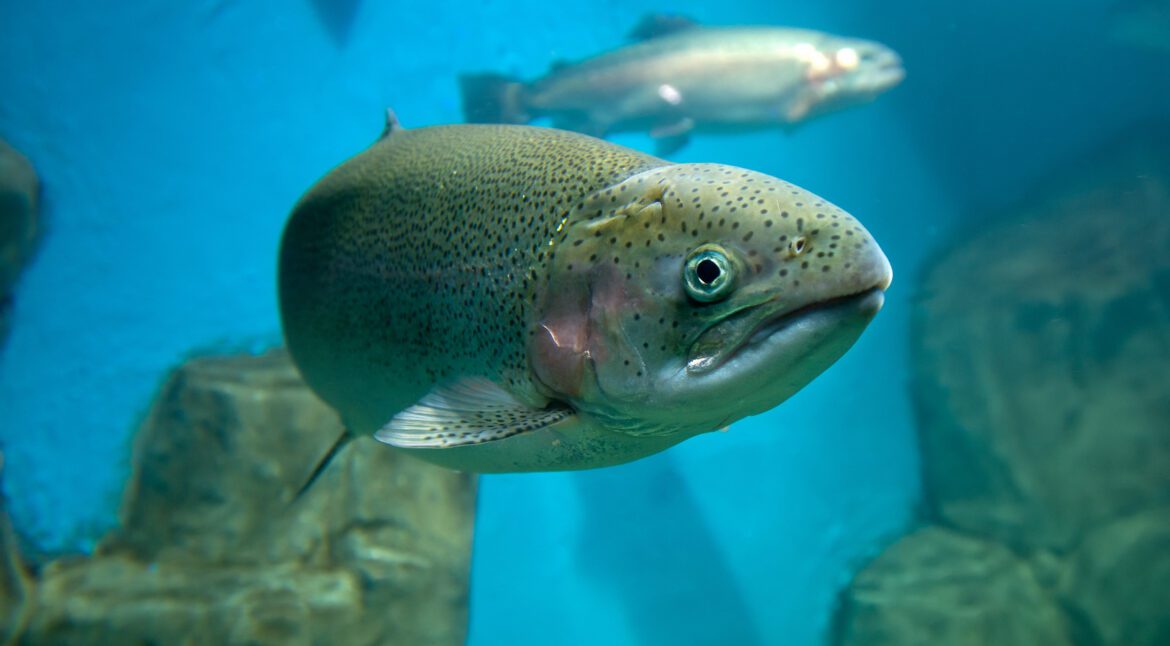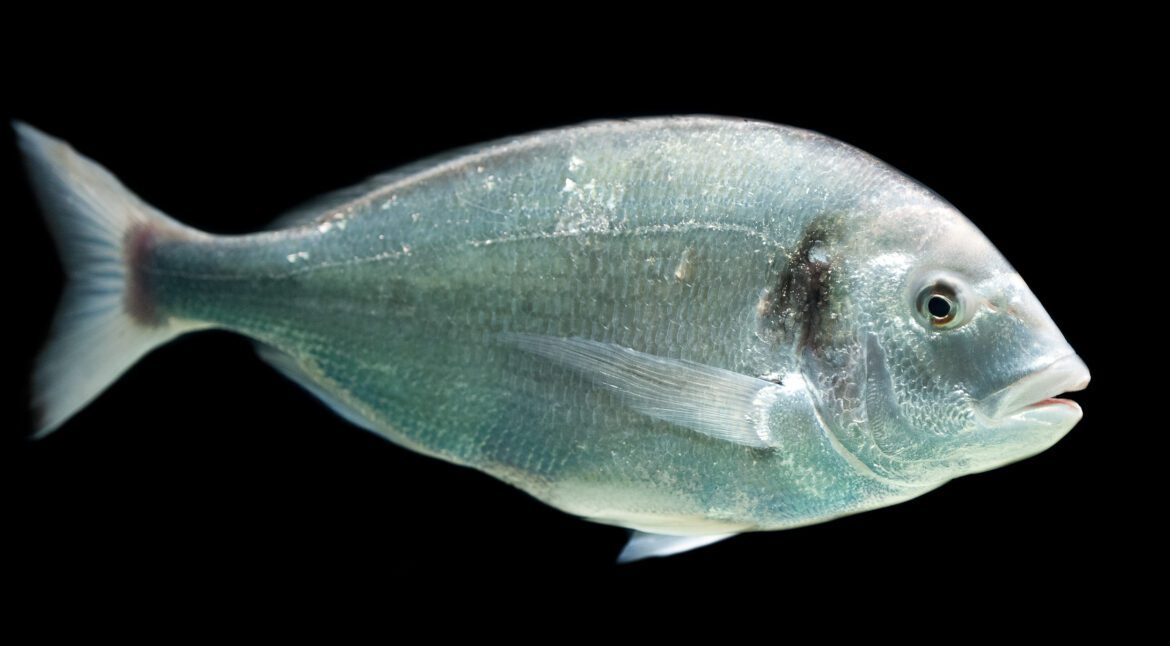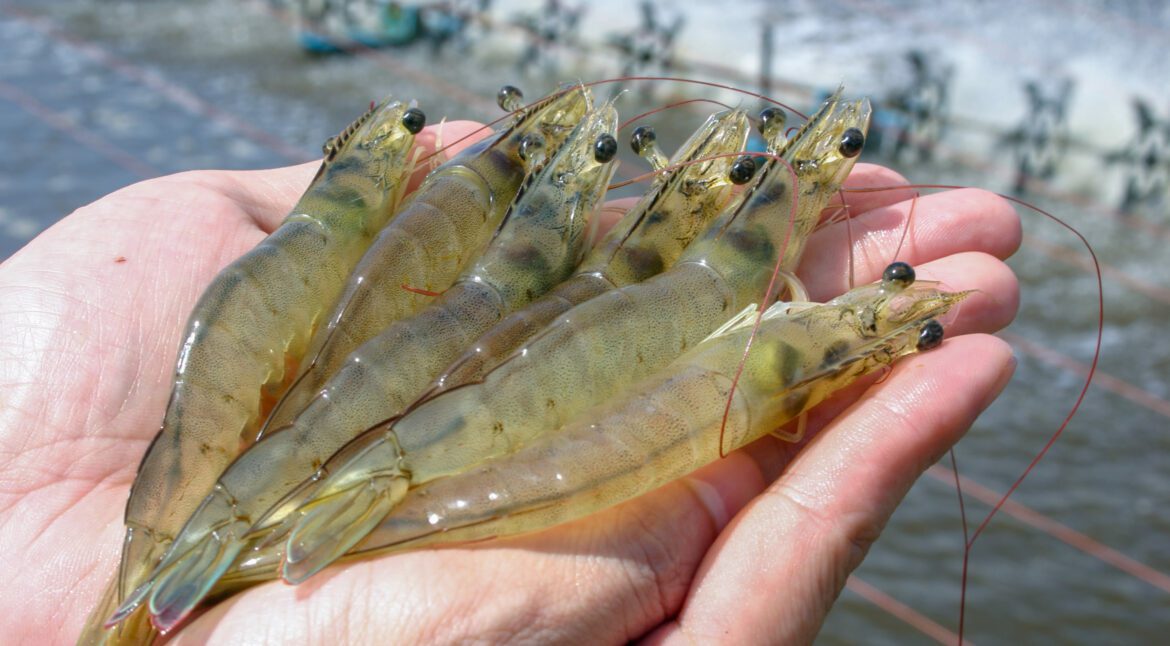The regulation of feed intake in fish is dependent upon different neuroendocrine and metabolic mechanisms including amino acid sensing occurring in the gastrointestinal tract. In previous studies, we demonstrated the impact of specific amino acids alone on such mechanisms and their impact on feeding regulation. However, there is no information…
Self-feeding systems have been extensively used to study animal behaviour and food preferences in vertebrates. In this study, we used a dual-choice self-feeding system to explore feeding behaviour and dietary discrimination based on organoleptic cues. Experimental tanks were provided with 2 self-feeders activated by string sensors and connected to a…
Aquaculture long-term sustainability depends on the successful replacement of fish meal (FM) by alternative raw materials. Until now, FM replacement without compromising growth and/or wellbeing has been generally limited to 50-75% in most carnivorous fish species. FM replacement is still majorly based on vegetable protein sources, particularly on soybean meal…
An 8-week feeding trial was conducted to investigate the effects of high-starch diets and the supplementation of an olive extract (OE) on the growth performance, liver health and lipid metabolism of largemouth bass (Micropterus salmoides). Four isonitrogenous and isolipidic diets were prepared: two basal diets containing low (9.0%) and high…
RESUMEN: Heat stress produces a wide range of negative consequences, some of them with long-lasting effects. When livestock are subjected to this environmental stress, it can be detrimental to health, well-being, and performance. Setting up multiple strategies before heat stress strikes is crucial.
RESUMEN: This study aimed to characterize amino acid sensing systems in the gastrointestinal tract (GIT) of the carnivorous fish model species rainbow trout. We observed that the trout GIT expresses mRNAs encoding some amino acid receptors described in mammals [calcium-sensing receptor (CaSR), G protein-coupled receptor family C group 6 member…
A plethora of molecular and functional studies in tetrapods has led to the discovery of multiple taste 1 receptor (T1R) genes encoding G-protein coupled receptors (GPCRs) responsible for sweet (T1R2 + T1R3) and umami (T1R1 + T1R3) taste. In fish, the T1R gene family repertoires greatly expanded because of several…
Because shrimp are “slow” and “selective” feeders with highly developed chemosensory systems and because conventional aquaculture systems have low visibility and high particulate matter, attractants and feeding stimulants are commonly incorporated into feed pellets to make them more quickly identified and more palatable, and thus eaten at a higher rate.…
Feed intake is a critical variable in aquaculture that limits growth and survival of reared animals. The inclusion of new raw materials in fish diets to meet cost-efficient production and sustainability goals may compromise the organoleptic quality of diets and, by extension, fish growth (Yaghoubi et al., 2016). Therefore, it…

